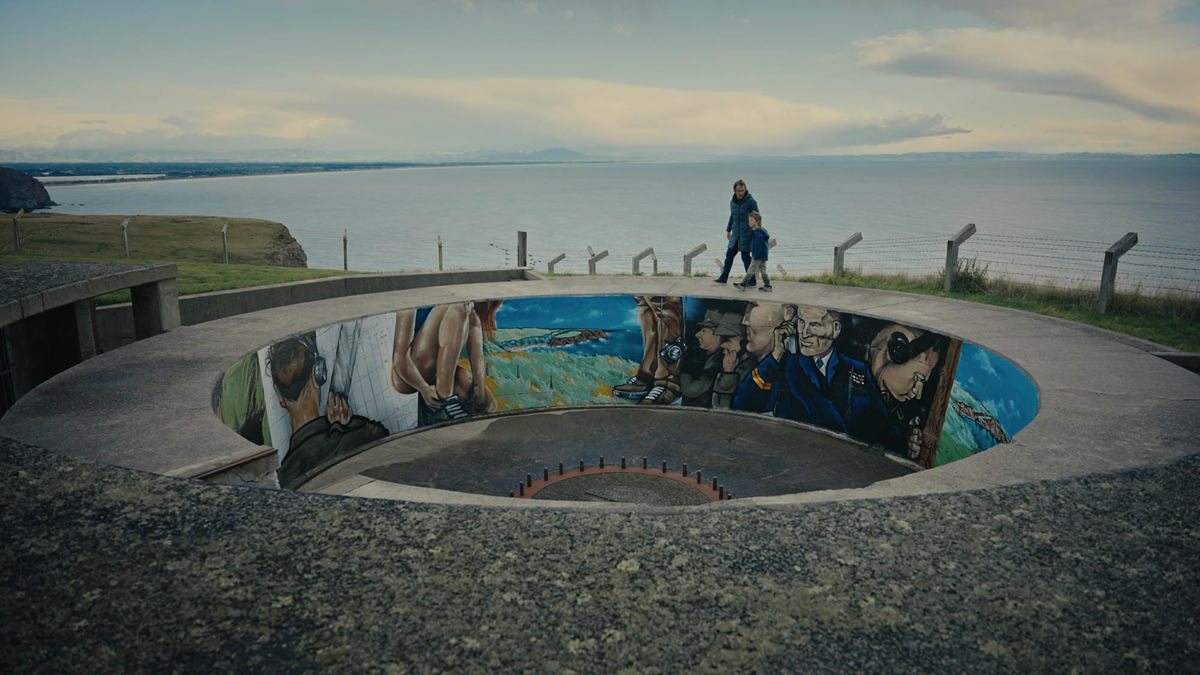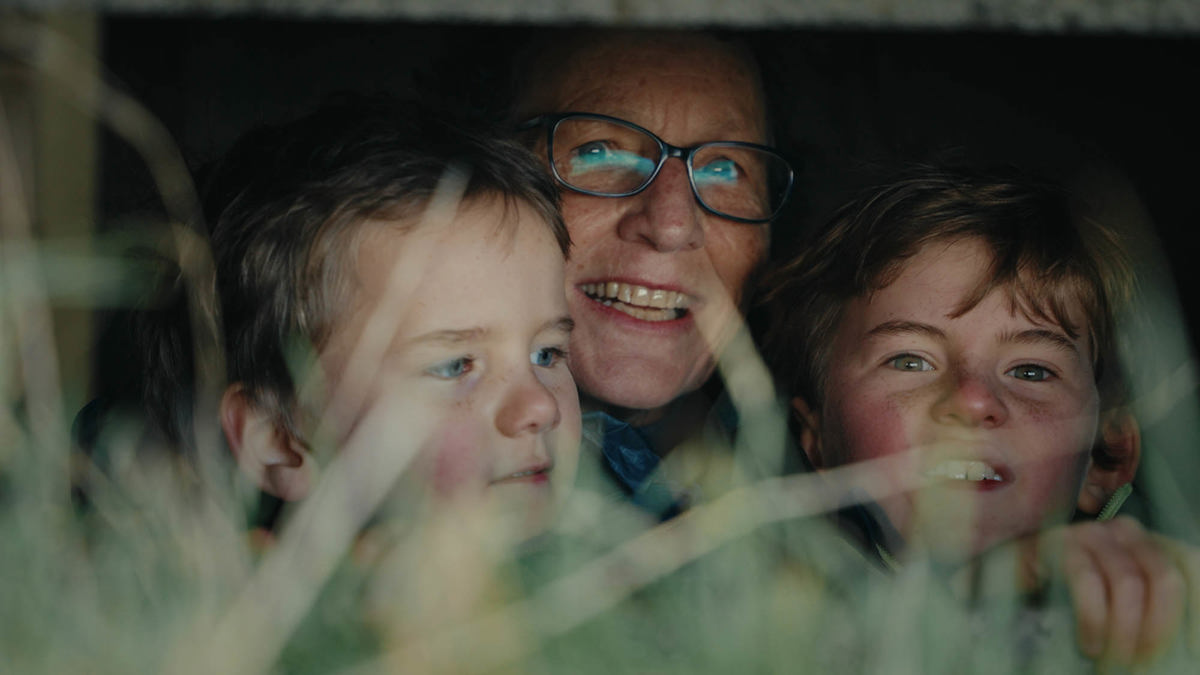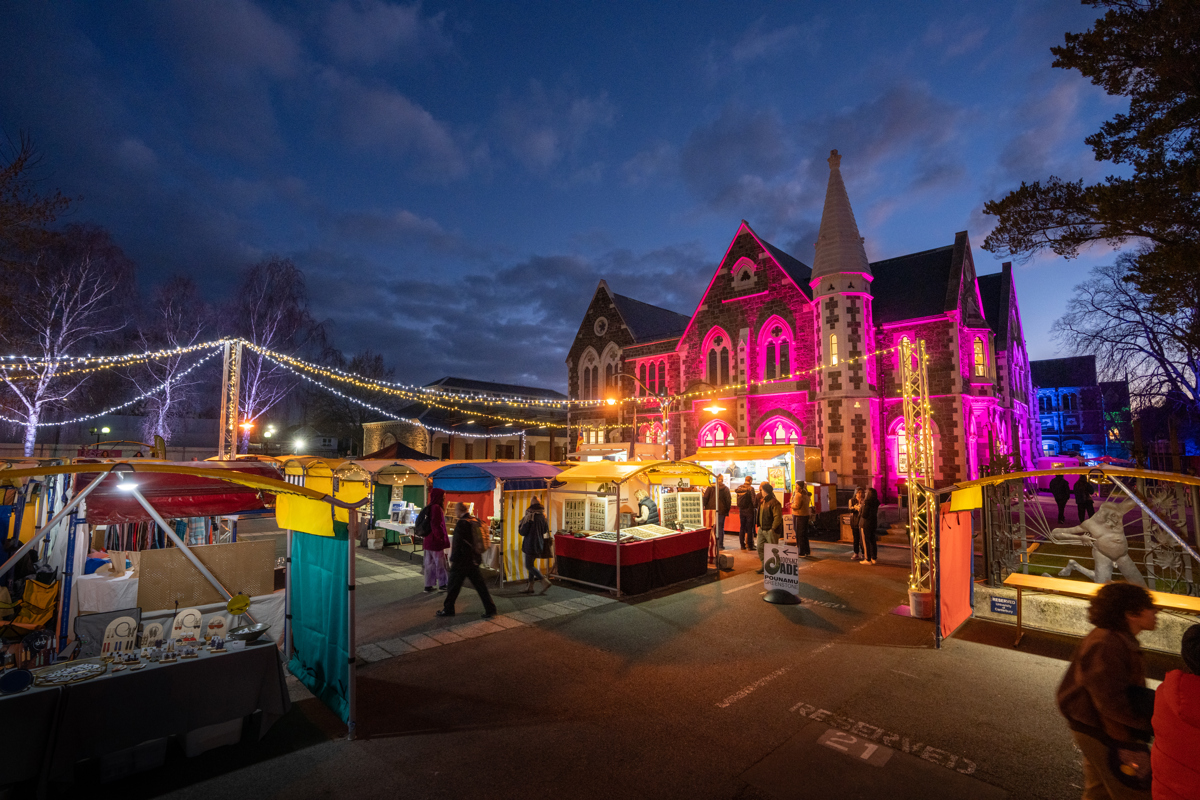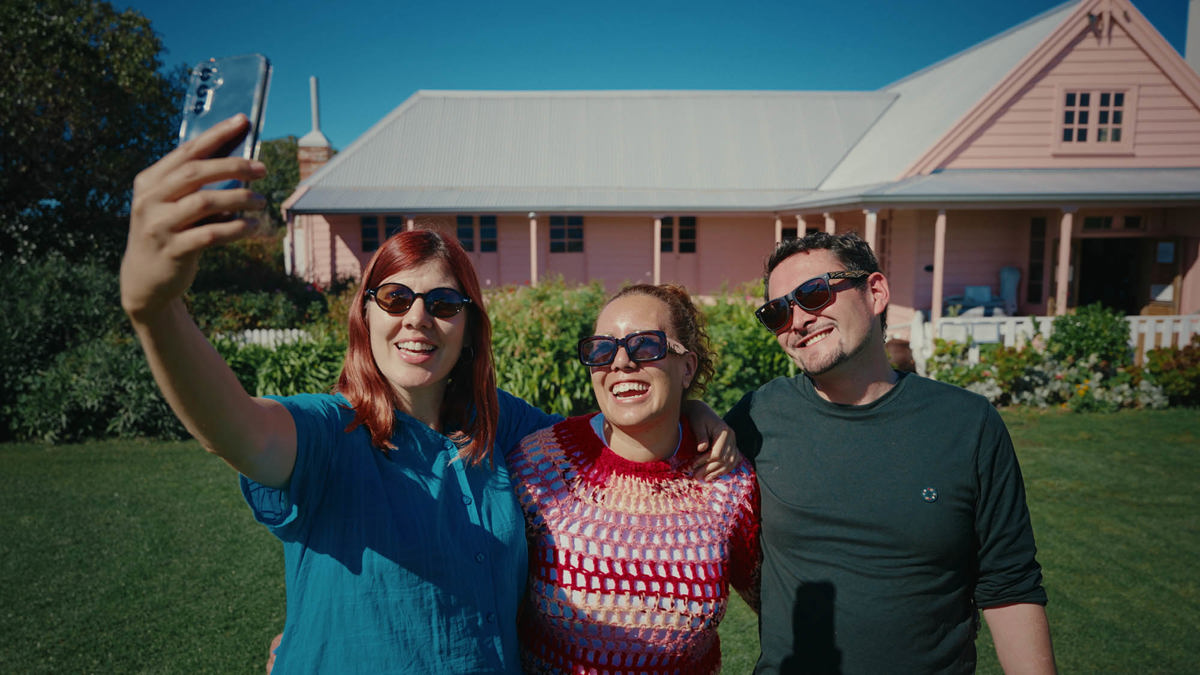Awaroa Godley Head
Keeping watch
Awaroa Godley Head Battery is one of Aotearoa New Zealand’s most intact and extensive coastal defence systems built during World War II. Onsite interpretation, murals, walking tracks and stunning sunrise views add to the experience.
View on mapThe story
Godley Head is known to local Māori as Awaroa, a name which likely refers to the length of the entrance to Lyttelton Harbour. The visual range of Godley Head was invaluable for early European settlers. A lighthouse, built in 1865, guided ships around the peninsula.
The site's strategic position was recognised by Canterbury's early surveyors who set it aside for defence purposes in 1852, but there was no military use until World War II. The Godley Head Battery and its associated camp were built during World War II as a strategic counter-bombardment outpost with long range gunnery. Its purpose: to protect the Port of Lyttelton and deter enemy vessels.
The first elements, two 60-pounder field guns, were installed in 1939. The complex expanded during the war years; by 1943 it was a sizeable defence unit, with accommodation and facilities for up to 410 personnel, including 150 women of the Women’s Auxiliary Army Corps (WAACs). It was a 24/7 operation and included three gun emplacements, concrete pill boxes, two searchlights, a plotting room and two radars.
The guns at Godley Head never fired at an enemy, but the guns and their crews were an insurance policy against raiding and assault. German and Japanese submarines scouted Aotearoa New Zealand’s coastline during World War II. Coastal batteries such as Godley Head, deterred their closer attention.
The Godley Battery shut down for four years at the end of the war. The complex then reopened for Compulsory Military Training until 1958, at which point the 6-inch guns were scrapped and the portable buildings relocated. The site continued to be used by regular and territorial forces, but the army's involvement decreased over the years until it ended in 1983. The reserve land was leased for grazing until the Department of Conservation opened the site again in the mid-1990s.
The site is now cared for by the Department of Conservation Te Papa Atawhai. The Godley Head Heritage Trust is based there.
See and do
Right on Ōtautahi Christchurch’s doorstep, Godley Head is a highly significant historic miliary site, set amidst scenic grandeur. Visitors enjoy dramatic views of the city, the coastline heading north to the Kaikōura ranges, Whakaraupō Lyttelton Harbour and southeast towards Te Pātaka o Rakaihautū Banks Peninsula headlands.
Thanks to extensive restoration, many buildings and structures from the military days survive. Visitors can explore one of the underground magazines. Onsite interpretation panels give a fuller understanding of the site’s military history. The gun emplacements feature murals by noted street artist Wongi Wilson, celebrating the men and women who served at the site.
The Godley Head Battery is surrounded by a network of walking and mountain bike tracks. Most popular is the Awaroa/Godley Head Loop walking track, which starts from Te Onepoto Taylors Mistake or the Godley Head carpark. Another highlight is visiting Scott’s Cabin. A short walk from the Taylor Battery on Godley Head takes you to a small hut connected to Robert Falcon Scott’s failed Antarctic Terra Nova expedition of 1910-1913.
If you want to stay longer you can book onsite accommodation at the Godley Head campsite or Lighthouse Cottage, which are managed by the Department of Conservation.
In time, Te Hapū o Ngāti Wheke, who hold mana whenua over the area, aspire to install seven pou whenua representing Mātauranga Māori (traditional knowledge) on Matariki. As a stunning sunrise location, Awaroa has potential to be a significant place for Matariki celebrations.
More information
